Introducation:
1.The Basics of PVC Pipe Fittings:
UPVC fittings serve as essential components used to connect and control the flow of water and other liquids in plumbing systems. These fittings are made from polyvinyl chloride (PVC), a synthetic thermoplastic material known for its durability, chemical resistance, and affordability. PVC pipe fittings come in a variety of shapes and sizes to accommodate different plumbing needs, including elbows, tees, couplings, adapters, and valves.
Polyvinyl chloride (PVC) is a popular choice for pipe fittings due to its versatility, corrosion resistance, and ease of installation. The material can withstand high pressure and temperature variations, making it suitable for both residential and commercial applications. UPVC fittings are also lightweight, making them easier to handle and transport during installation.
2.Material Selection and Preparation:
To create PVC pipe fittings, manufacturers start by carefully selecting high-quality PVC resin. The resin is a powdery white substance that is the primary raw material for producing PVC products. In addition to PVC resin, additives such as stabilizers, plasticizers, impact modifiers. And pigments are blended in precise proportions to enhance the properties of the final product. Stabilizers are added to improve the PVC’s heat and light stability, while plasticizers increase flexibility and impact resistance.
The PVC resin and additives are mixed together in a high-speed mixer to ensure uniform distribution and consistency. The mixture is then fed into an extruder, where it is melted and homogenized to form a molten PVC compound. This compound is then cooled and cut into small pellets for further processing.
3.Injection Molding Process:
Injection molding is the most common method used for manufacturing PVC pipe fittings due to its efficiency and precision. In this process, the PVC pellets are fed into a hopper located on top of an injection molding machine. The pellets are gradually heated and melted by a combination of heating elements and frictional energy as they move through a barrel.
Once the PVC resin reaches the desired temperature and viscosity, it is injected into a mold cavity under high pressure. The mold, which is typically made of steel or aluminum, is designed to shape the molten PVC into the desired fitting geometry. The high pressure ensures that the PVC fills the mold completely and forms intricate details with sharp edges and smooth surfaces.
4.Mold Design and Creation:
Before the injection molding process can begin, a detailed mold design is essential to ensure the accurate production of UPVC fittings. Skilled engineers and designers use computer-aided design (CAD) software to create the mold geometry based on the desired final product specifications. The mold design includes features such as parting lines, ejector pins, cooling channels, and gate locations.
The mold itself is precision-machined from high-strength steel. Or aluminum to withstand the high pressures and temperatures of the injection molding process. Cooling channels within the mold help dissipate heat and solidify the molten PVC quickly. Proper mold design and construction are critical to achieving consistent quality and dimensional accuracy in the finished PVC pipe fittings.
5.Cooling and Ejection:
After the molten PVC has been injected into the mold cavity and shaped into the desired fitting, it undergoes a rapid cooling process to solidify. The cooling time is carefully controlled to ensure that the PVC retains its shape and dimensional accuracy. Cooling channels integrated into the mold assist in dissipating heat efficiently, allowing the PVC to solidify within seconds.
Once the PVC has cooled and solidified, the mold opens. And the newly formed pipe fitting is ejected from the mold cavity. Ejection can be achieved through mechanical means, such as ejector pins, or through the application of compressed air to release the part from the mold. The ejection process must be carefully executed to prevent damage to the fitting and ensure a smooth production cycle.
6.Finishing and Quality Control:
After the PVC pipe fittings are ejected from the mold, they undergo various finishing processes to remove any excess material or imperfections. Trimming and deburring operations are performed to eliminate flash, excess plastic that forms along the parting line of the mold. In some cases, sanding or polishing may be required to achieve a smooth surface finish on the fittings.
Quality control checks are conducted at every stage of the manufacturing process to ensure that each UPVC fittings meets the required specifications and standards. Dimensional inspections verify the accuracy of key measurements, such as inner diameters, wall thickness, and angles. Mechanical tests, such as pressure testing and impact resistance testing, assess the strength and performance of the fittings under simulated operating conditions.












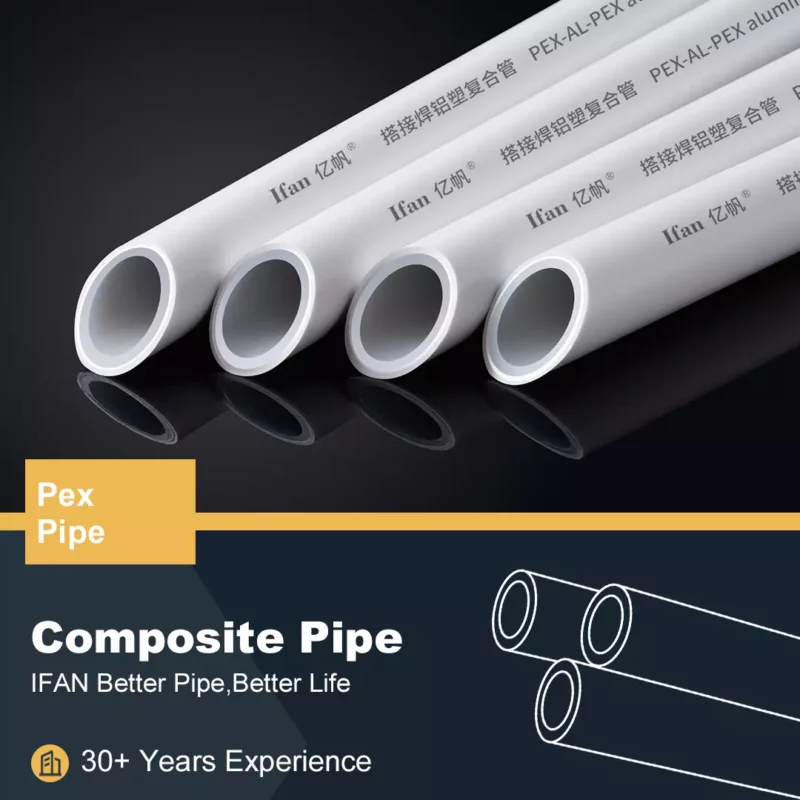








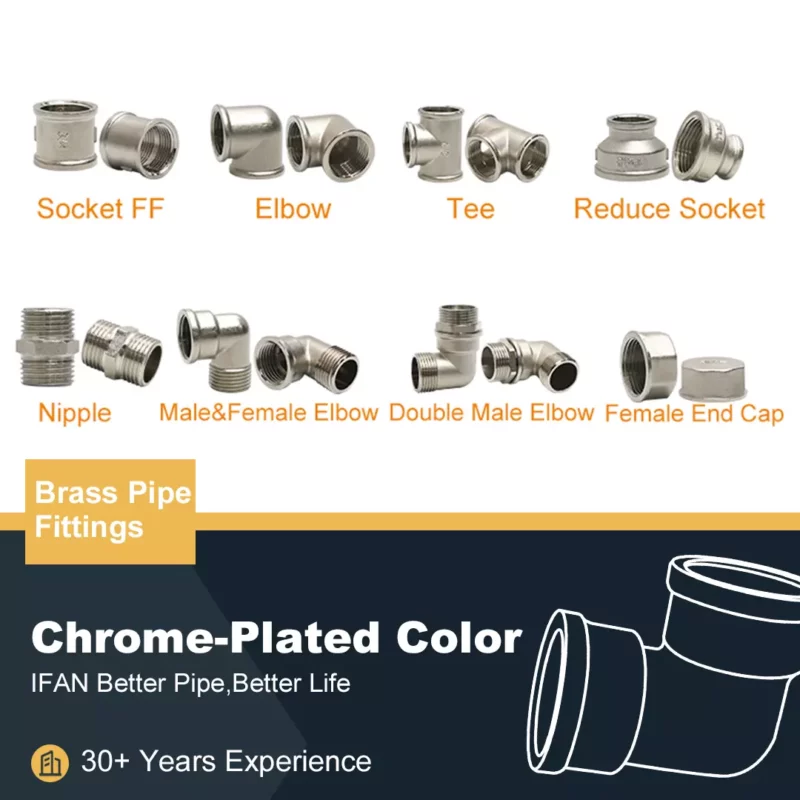
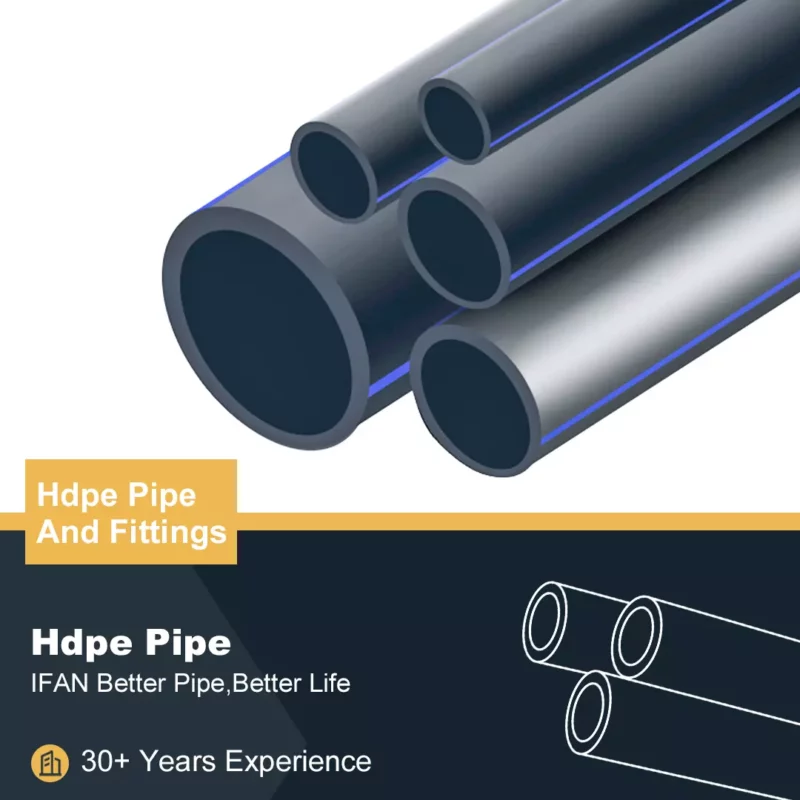




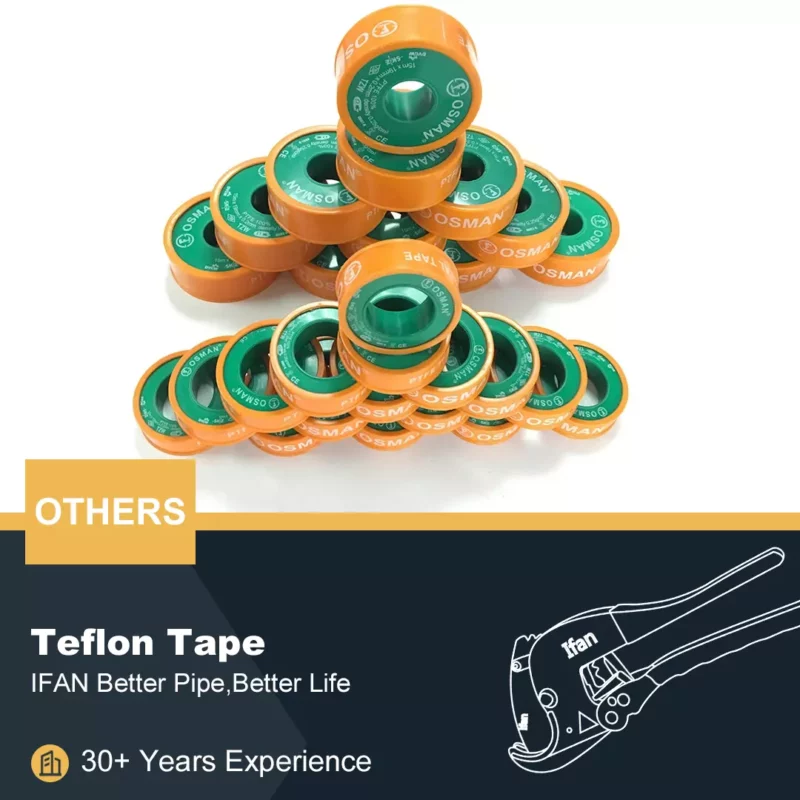




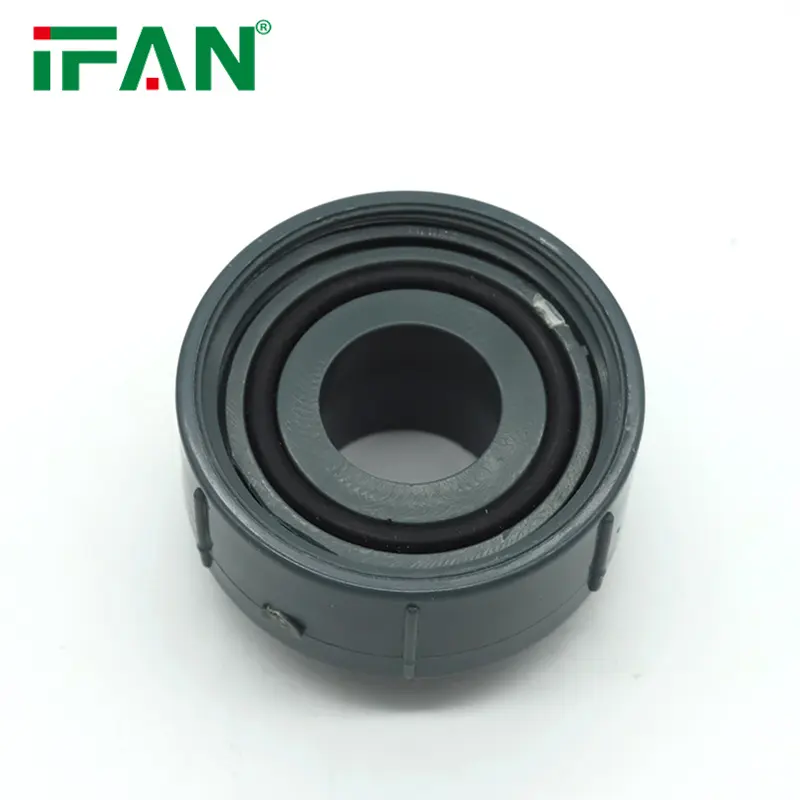
























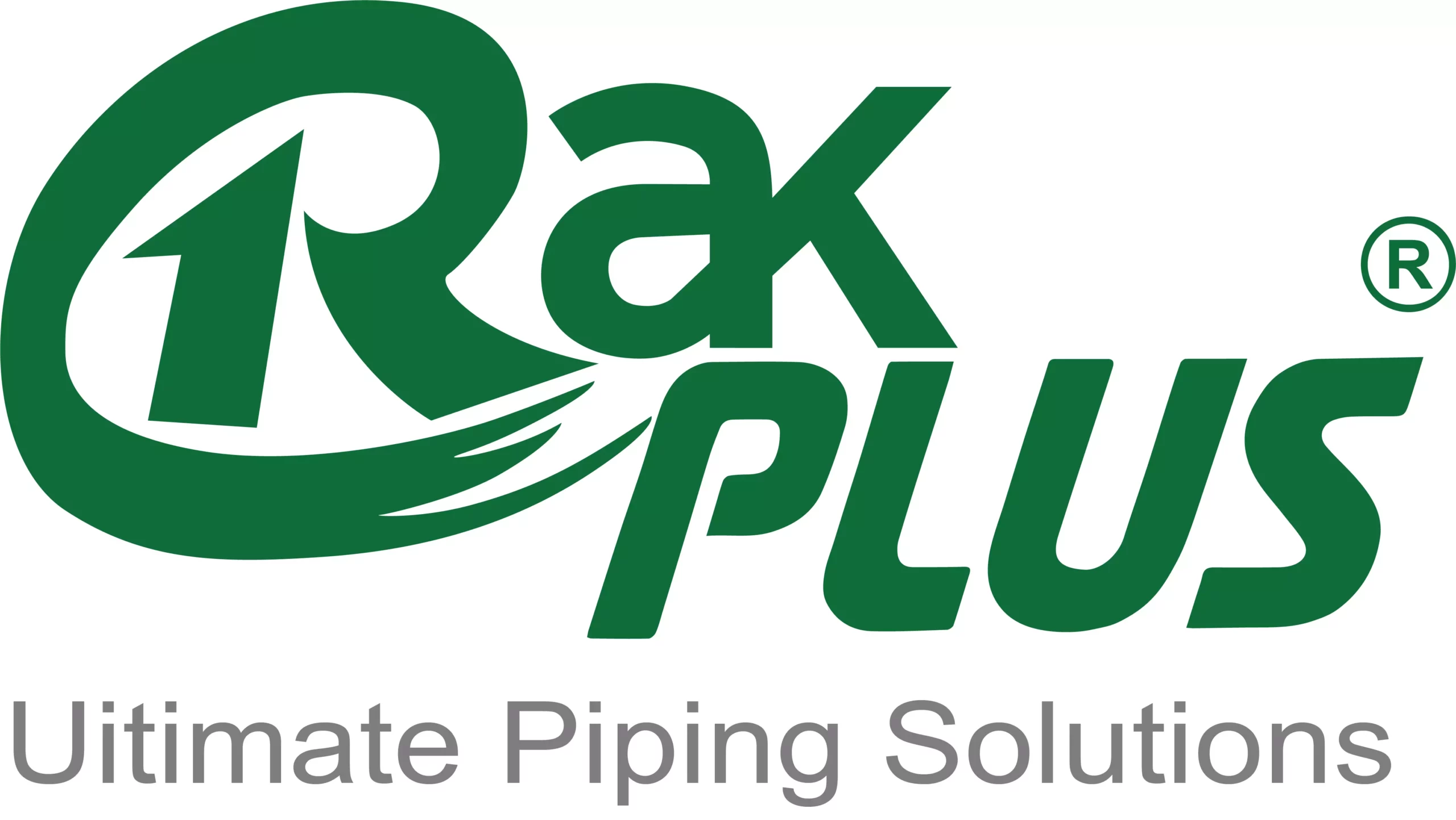


评价
目前还没有评价